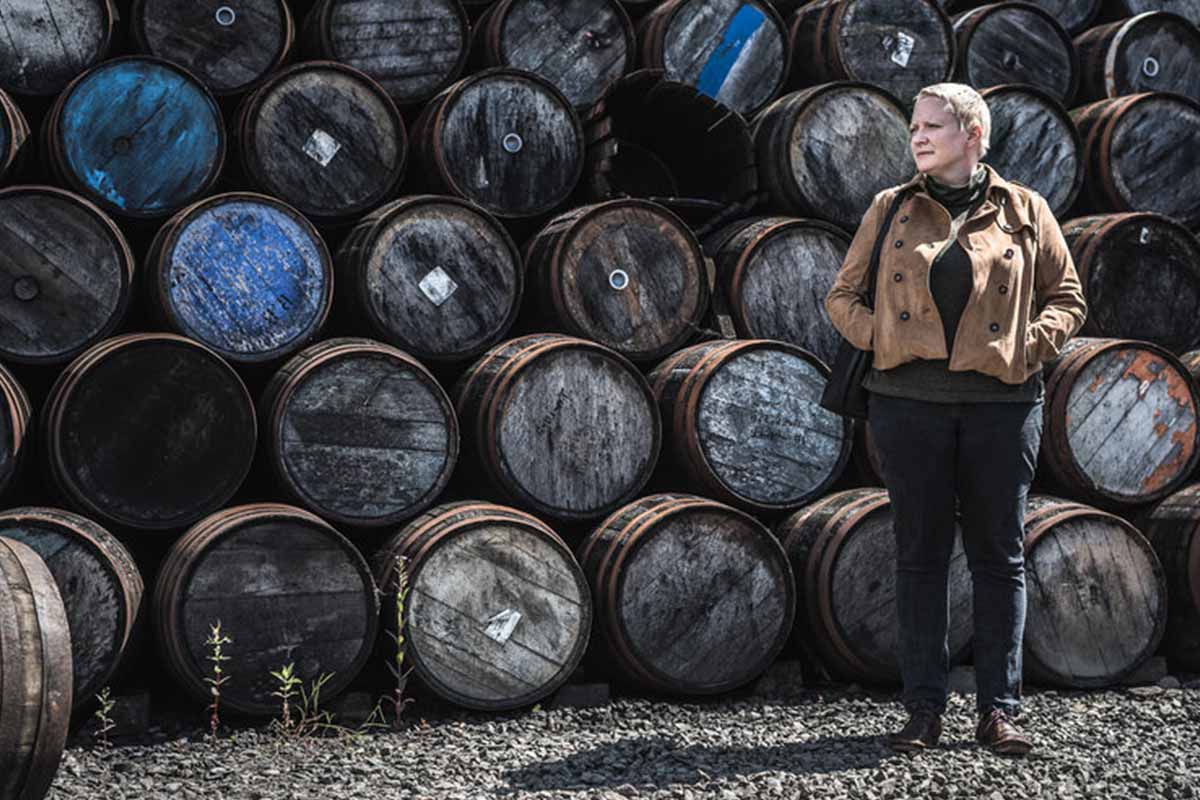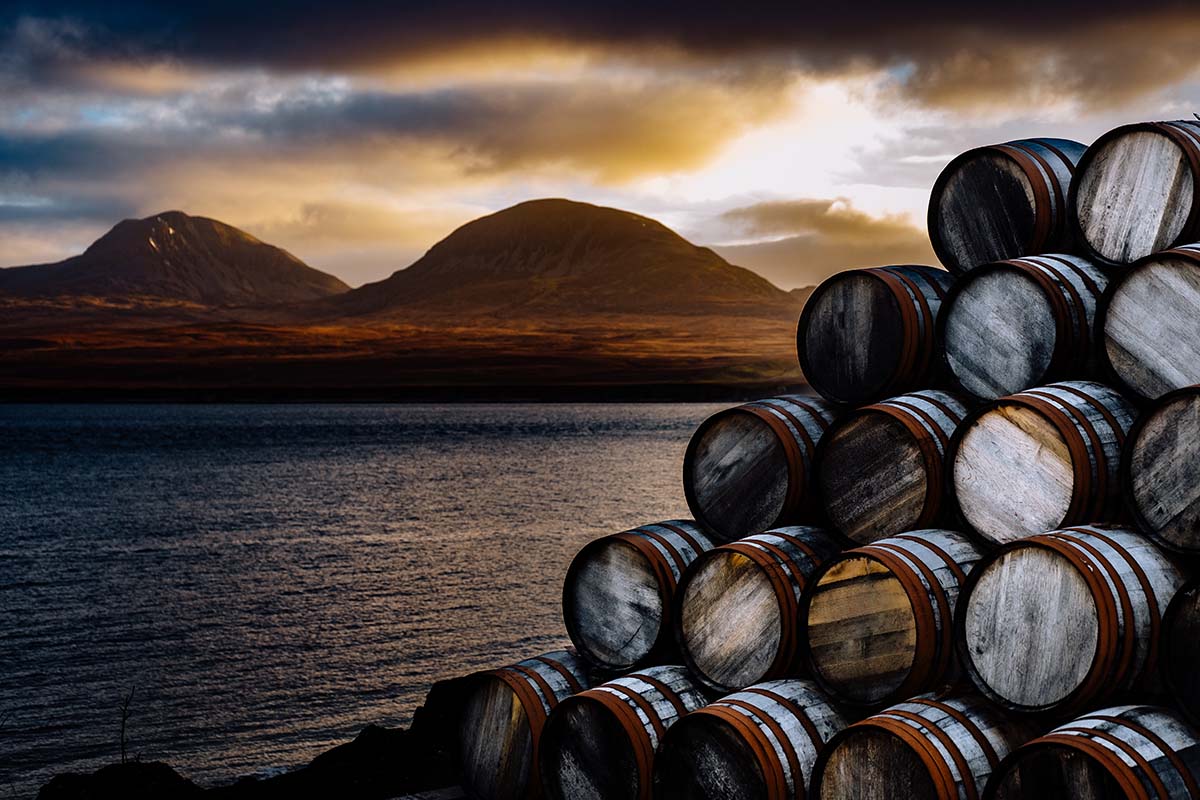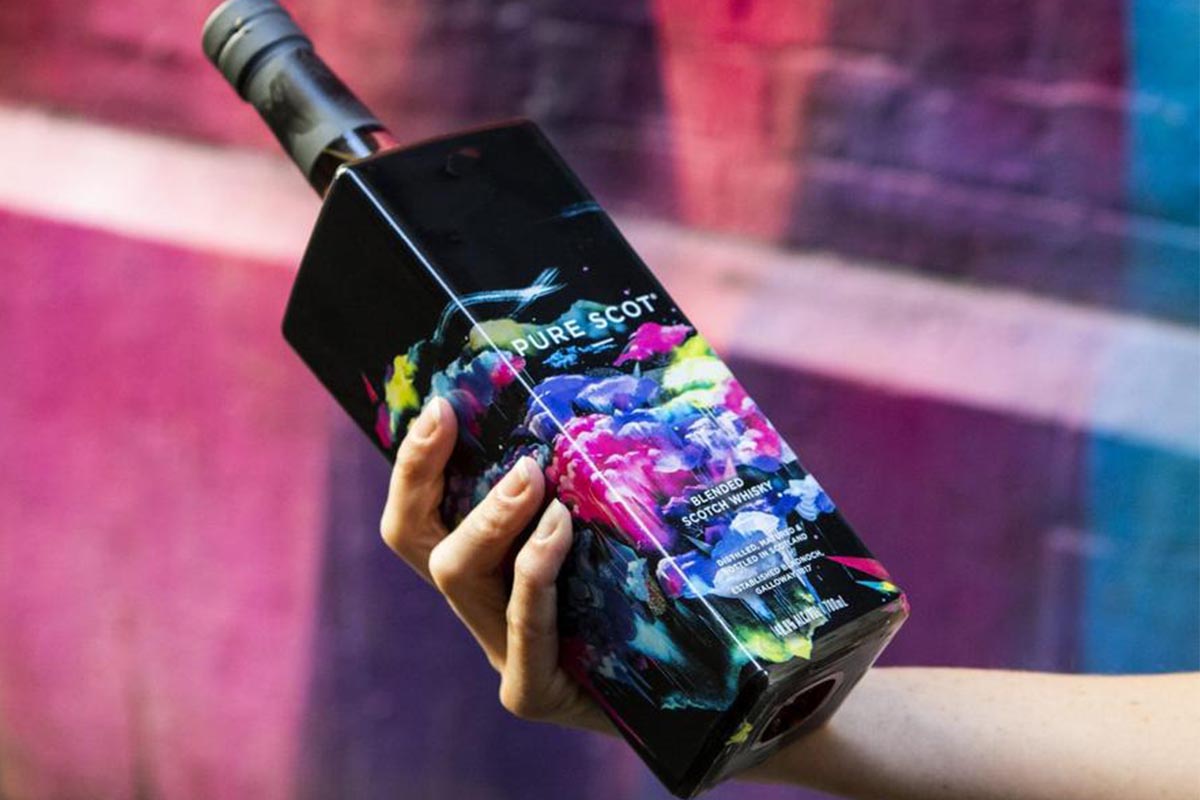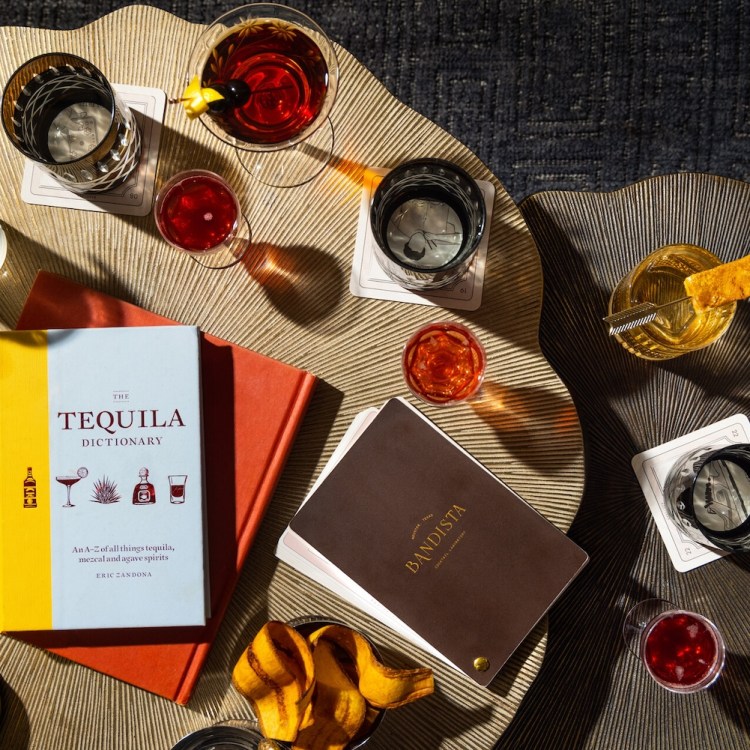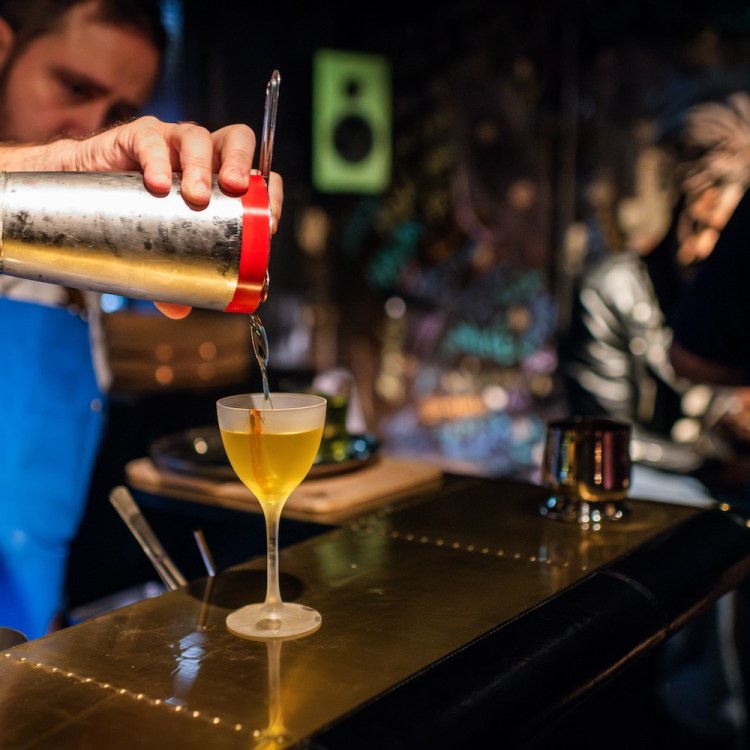For the first time in its 201-year history, Johnnie Walker has a female Master Blender. And she’s got the perfect name for the job.
Starting this January, Dr. Emma Walker is taking over for the soon-retiring Dr. Jim Beveridge OBE, who served as Master Blender for the popular Scotch brand for 20 years. Dr. Walker, who joined Johnnie Walker’s parent company Diageo 13 years ago and helped craft the Johnnie Walker Blue Label Ghost and Rare series, as well as Jane Walker by Johnnie Walker, will head up a 12-person team.
Now, you might think there’s some nepotism involved, but the surname is purely coincidence … as is the family name of the man she’s replacing (Beveridge). “We’ve joked about it,” Dr. Walker tells us. “It seems that nominative determinism plays a big role here.”
We spoke with the good-natured Dr. Walker a few weeks after the big announcement, and she shared her thoughts on the trailblazing aspect of her role, where the whisky category is headed in 2022 (particularly among younger consumers) and why rye is the next big revival in Scotch.
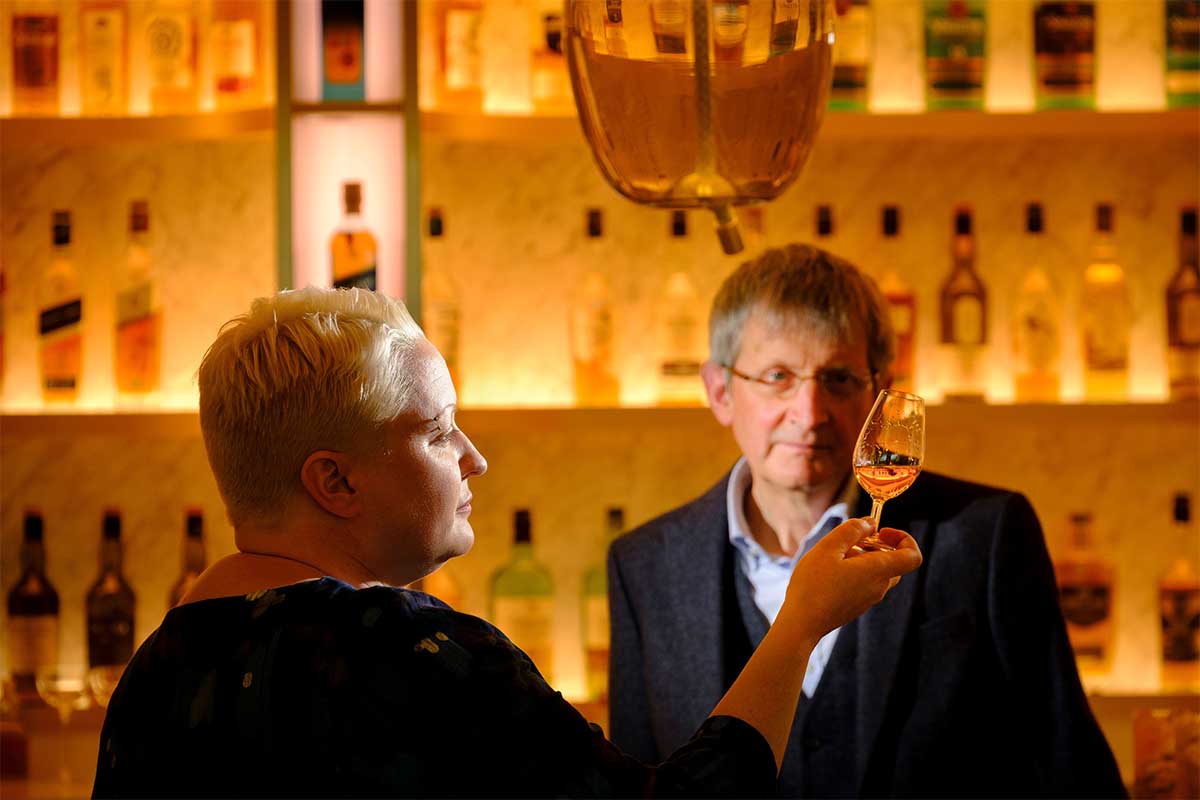
InsideHook: How did you get into whisky?
Emma Walker: It was a gradual move. At university, I had some friends introduce me to Talisker and Lagavulin. I thought, “This is pretty good stuff.” I was studying chemistry at the time. When I was looking for a proper grown-up job, I just thought it’d be an interesting fit with my skills. It’s like, oh, you can be a whisky scientist?
That first interview was in 2008. I started at the blending team, building skills, learning flavor, distillation, maturation, and then I got the opportunity to work in production, and later as a site manager. I came back to Johnnie Walker team in 2014.
IH: How is your role now going to change that you’re in charge?
EW: There will be a lot of similarities in the day-to-day. I’ll be looking at future of whiskey — are we laying down the right stocks? How can make sure our work has sustainability? What kind of innovations can we offer? I might be the lead person, but everyone is involved and trying samples. It’s a great team here, and that’s Jim’s legacy.
IH: Even with your extensive background, you’re going to be spotlighted as the first female Master Blender at the world’s most popular Scotch. How do you feel about being a trailblazer?
EW: I’ve had an amazing number of people, both inside but also outside of Diaego, so many women around the world, and so many guys tell me it’s amazing to see me in this role. But since joining Diageo, I feel like I’ve worked with an equal mix of men and women. Our whisky team is about 50-50. I think I’m just the right person at right time .
As for being a trailblazer … that’s an interesting question. It’s good for other people to see folks that look like them in a position like this. I know in chemistry, I’d see these pictures of great chemists, and they all tended to be older white guys! So being able to see people where you can see yourself in them, that’s great. But we’re all working in whiskey because we deserve to be here. It’ll be great when it becomes the day where we won’t have to be asked what it’s like to be a woman in whisky because there will be an expectation that it’ll be a mix of people working in the industry. I want us to get there.
IH: This might be more of an issue in the American whiskey industry, but I often feel like there’s not a lot of programs, apprenticeships or education programs that can help people either get involved or move up in the spirits industry.
EW: There are a lot of opportunities. I hope we can use things like social media to highlight that the whisky industry is open for everyone. We fortunately have academic opportunities here in Scotland and ways to build experience. I’d say if someone wants to get involved, get to know people, be aware of the types of jobs available and how your skills can transfer to this industry. And spend time reading about whisky, who’s involved and trying whisky with food, gaining knowledge of aroma and flavors. That’s at the heart of what we do.
IH: Younger generations aren’t necessarily gravitating toward whisky. What do you suggest to engage a 25-35-year old?
EW: I think every generation gets an introduction to whisky through friends and family. For Scotch, there’s also been some new momentum from bartenders on showing how whisky works in cocktails. For newcomers to whisky, I think if you try it neat at first, the strength of alcohol can be an obstacle for people. So I’ve done a lot of highball serves — the flavors are there, it’s just about changing textures and intensities. I also think we need to break obstacles in advertisements and have people see people like them enjoying whisky.
We also need to show how Scotch is enjoyed so differently around the world. In Latin America and Spain, it’s a long drink, with lots of ice and mixers; it’s high energy, it’s for when you’re going out dancing and see friends, and it fits in there really well. That really challenges perceptions from other parts of the world where you see whisky as something you sip and savor. All ways of enjoying it are great!
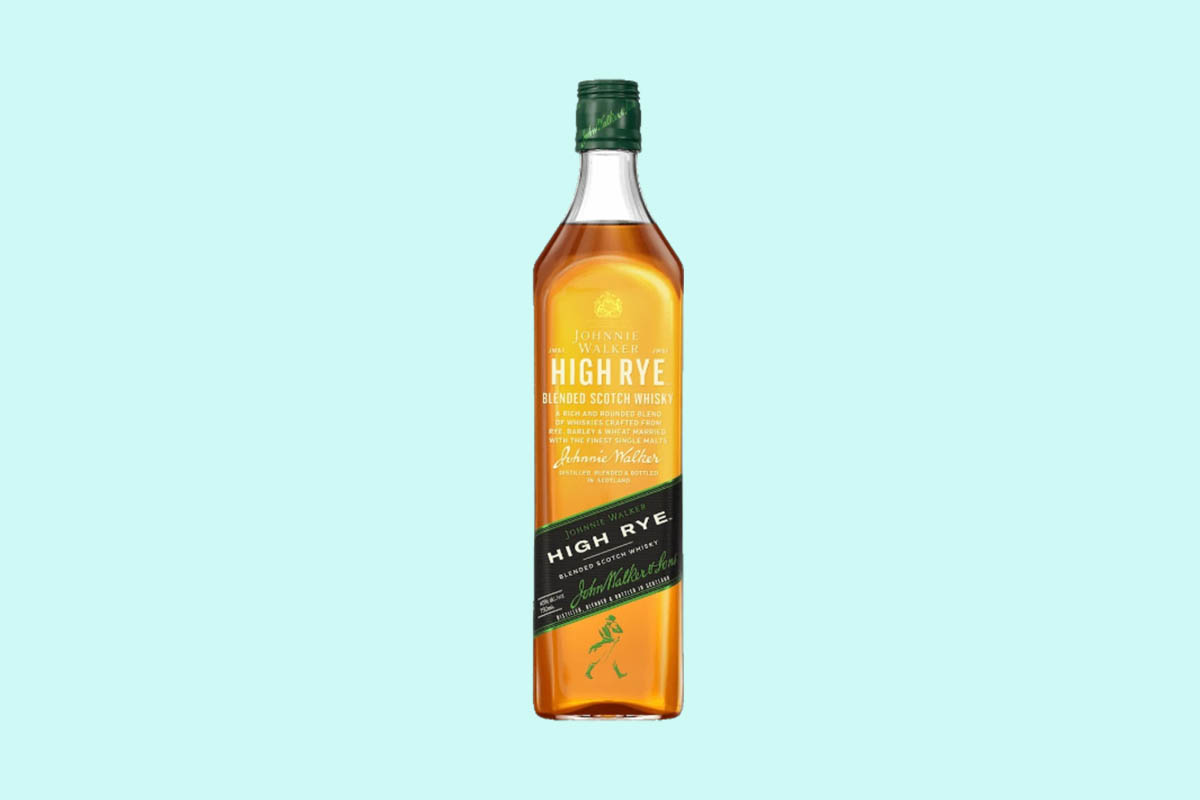
IH: You’re taking over just as Johnnie Walker released a rye. How much involvement did you have with that project?
EW: It was great; we were laying down experimental stock, thinking, “We know this is a trend, we know people like rye whisky.” And, traditionally, there was whisky produced from rye in Scotland, so you have historical involvement. The mashbill is 60% rye; it’s Scotch, but with a rye take . There’s a beautiful, lovely spice there, but also a softness and almost an oily note. But also some fruity notes and traditional Scotch flavors, like apple, toffee and creamy vanilla (Editor’s note: It’s fruity and creamy with a nice but not overpowering spice, and highly recommended!)
IH: When you’re away from work, how do you enjoy your whisky?
EW: I like the Black Label with a blood orange soda you can get here in a highball. I also really like a Boulevardier, but I prefer saying whisky Negroni. I like the dryness and bitterness, especially if it’s made with a smoky whisky.
IH: What’s next for Johnnie Walker? I think sustainability has been discussed a lot.
IH: It’s interesting, sustainability is something the Scotch industry has been doing naturally. I think we’re getting better about talking about it. But we really need to keep talking. How can we be more sustainable? And how can we be more diverse?
Join America's Fastest Growing Spirits Newsletter THE SPILL. Unlock all the reviews, recipes and revelry — and get 15% off award-winning La Tierra de Acre Mezcal.
